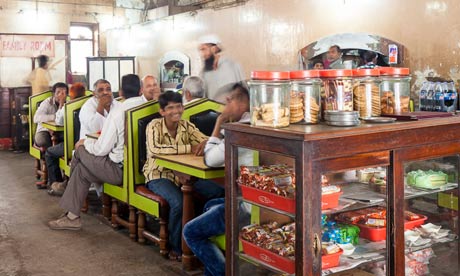Pallan Ichaporia, Ph.D.
Mainz University
The question whether dualism formed a tenet in the creed of the Achaemenians has been much discussed ; and, owing to the lack of emphasis of dualistic traits in the Inscriptions, the claim has been made that the earlier Achaemenian monarchs, for this very reason, could not have been Zoroastrians, and that they did not believe in dualism. I have already presented this matter elsewhere have given the usual reason why there was no special call to mention Ahriman in these edicts. But whatever may be said on the subject, as I there stated, we have the principle of Evil plainly recognized in Drauga Falsehood, Lie. In the Achaemenian Inscriptions this noun is asmuch a personification of a Satanic being as is Druj in the Gathas Furthermore, the verb duruj ‘to lie’ occurs 34 times in the inscriptions with all the evil atmosphere of the English to bedevil or raise hell. It is the stock word which Darius employs when he speaks of the rebellions against his divine sovereignty, for he is Ormazd’s king. Full of feeling he says : the army afterward became hostile, the Lie afterward became rife in the land, both in Persia, and in Media, and in the other lands (pasava kara arika abava pasava drauga dahyauva vasiy abava uta Parsaiyuta Madaiy uta aniyauva dahyusuva — Behishtun. i. 33-35). Or again he says : these lands which became confederate, it was the Lie that made them confederate, so that they lied unto the people(dahyava irna tya hamwiya abava draugadis hamiwiya aku-naus tya imaiy karam adurujiyasa, — Behishtun. 4. 33-35).
In the same spirit it is prescribed that ‘ the man who is a liar (martiya hya draujana, Beh. 4. 38, 68) shall be severely punished,and there is deep fervor in the hope of Darius that what he has written in his inscription may not be regarded as falsified (duruxtam, Beh. 4. 49). The king lays especial stress on the fact that divine aid was granted him inasmuch as he was ‘ not hostile, not a liar, not a crooked-dealer’ (yata naiy arika aham naiy draujana aham naiy zurakara aham, Beh. 4. 63-64).
Other evil forces are recognized in another prayer of Darius to Ormazd : May Auramazda protect this land from an (invading) horde, from Drought, from the Lie ; may no enemy come to this land, nor an (invading) horde, nor Drought, nor the Lie {imam dahyaum Auramazda patuv hada hainayd hada dusiyara hada drauga aniya [or abiy] imam dahyaum ma djamiya ma haina ma dusiyaram ma, drauga





 A dynamic young Parsi named Pestonji Edulji Dalal, aged 13 in 1888, started a small shop in Bombay to roast and grind coffee. According to Ruth Heredia’s ‘The Amul India Story’, Dalal’s nickname was Polly, which he adapted into the British sounding Polson’s as brand name.
A dynamic young Parsi named Pestonji Edulji Dalal, aged 13 in 1888, started a small shop in Bombay to roast and grind coffee. According to Ruth Heredia’s ‘The Amul India Story’, Dalal’s nickname was Polly, which he adapted into the British sounding Polson’s as brand name.
























